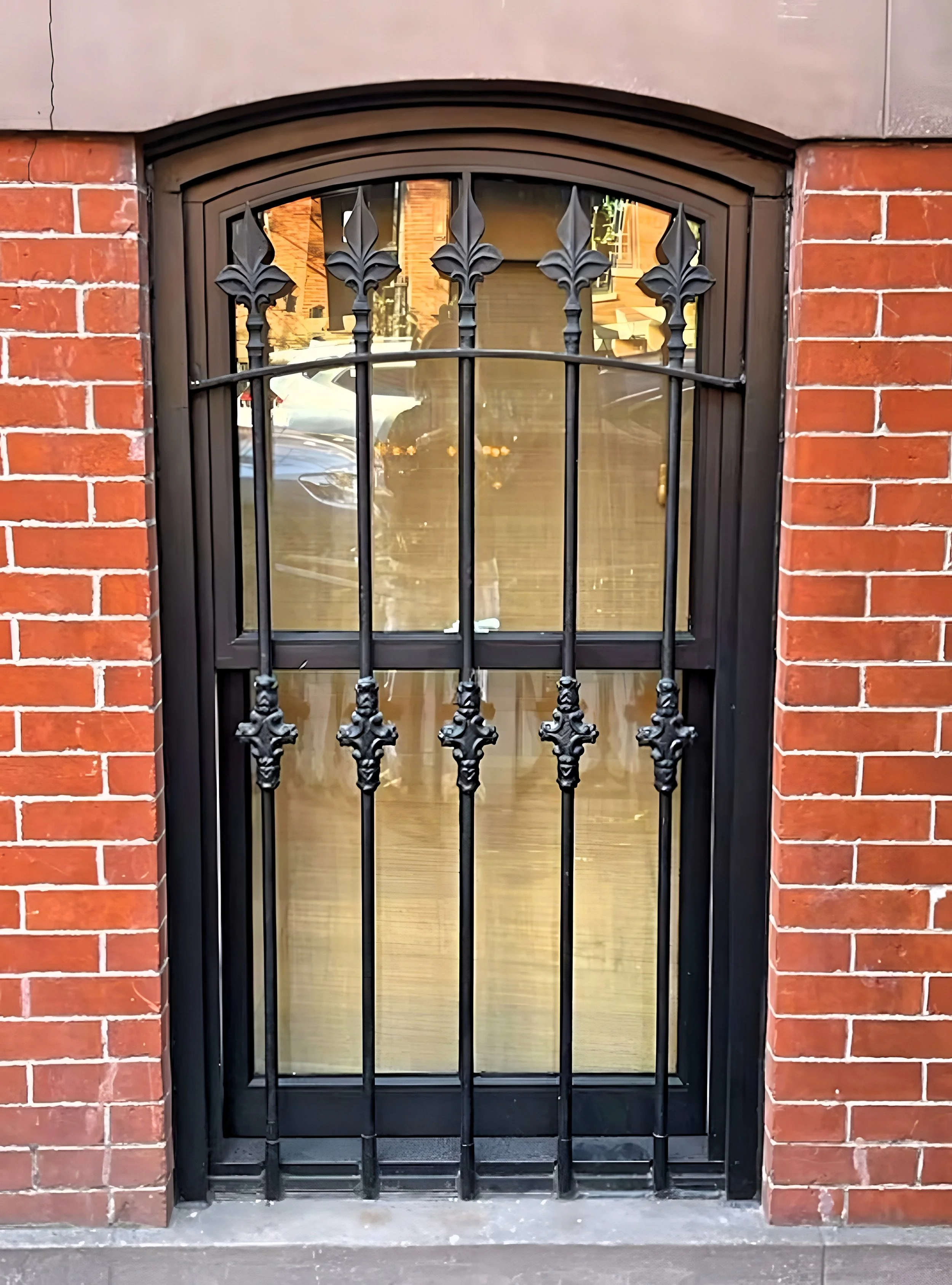Now that the winter cold is upon us, you may begin noticing that your energy costs are not quite as low as they could be. Around this time, many residents of Midtown Manhattan look towards window repair to better the insulation of their homes and lower their heating costs. While your windows are not the only place from which heat might be escaping your home, they are certainly a good place to start. Here are some of the ways you can up your energy efficiency without replacing your existing windows.
Replace Caulking
Cracked, damaged or missing caulking is a good indication of a potential heat leak. Any perished caulking should be replaced as soon as possible to avoid further damage to your window frames, sills and walls, as this not only allows heat to escape, but also lets moisture in, causing damp and rot damage. Remember to check the caulking along the outer edge of the frame, the inner edge of the frame, along the sides and bottom of your windowsill, as well as the joins between the bottom of your frame and your window sill.
Check your seals
Blown seals between double or triple layered panes is noticeable when condensation forms between the layers of glass. This is another sign that the insulation of your windows has been compromised. The affected pane should be replaced in order to prevent further heat loss.
Ensure flush tracks
Dirty, worn out or incorrectly aligned tracks can often result in air being allowed to flow between the track and the window. If your windows are loose in their tracks or if you notice whistling coming from the edges of your window, this is a good indication that your tracks may need to be repaired or replaced. Flush tracks will prevent airflow and reduce heat from escaping your home.
Weather foam
Strips of weather foam along the edges of your windows are used to further seal in heat and keep out cold air. If these strips are damaged or worn out, they are likely to become ineffective. If you don’t already have weather foam strips installed, they are a good step to take towards improving your window’s insulation.
Glass Coating
A fairly new, high tech solution, glass coating comes in the form of an unobtrusive, barely visible film that is applied to your windows. During summer, this film can save on cooling costs as it reflects UV light and reduces heating from sunlight without reducing visible light levels. During winter, this layer provides additional insulation, preventing heat from being conducting through the glass and escaping your home.
Storm Windows
On the low-tech end, storm windows are an old but trusted method of reducing heat loss and battening down against bad weather. Fitted either on the outside or on the inside of existing windows, storm windows add an extra layer of protection between the inside of your home and the cold winter outside. Well insulated storm windows are estimated to help you save up to 30 percent on your heating and cooling costs.
RELATED: WINDOW MAINTENANCE TIPS TO EXTEND THE LIFE OF YOUR MANHATTAN & QUEENS WINDOWS


